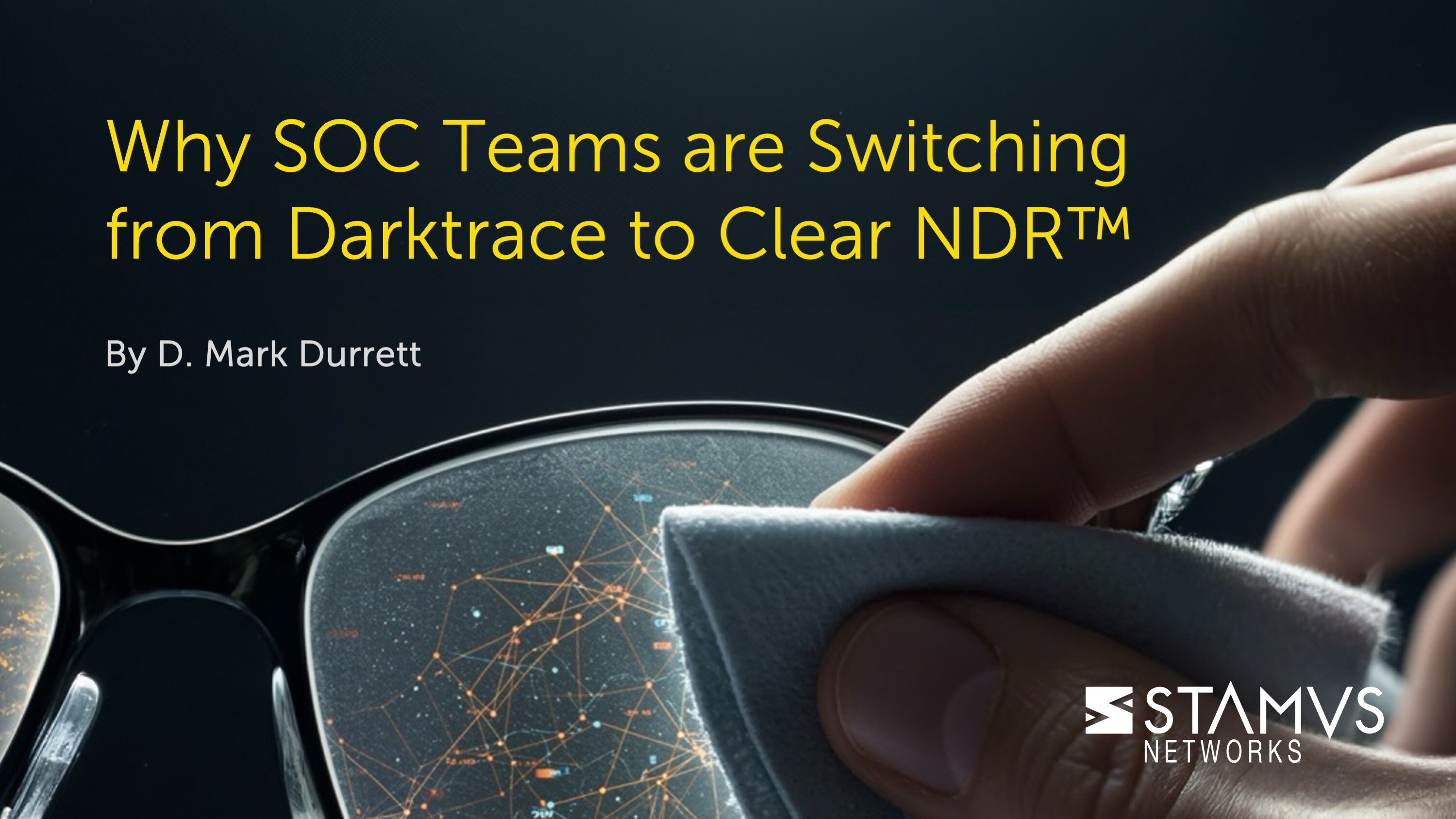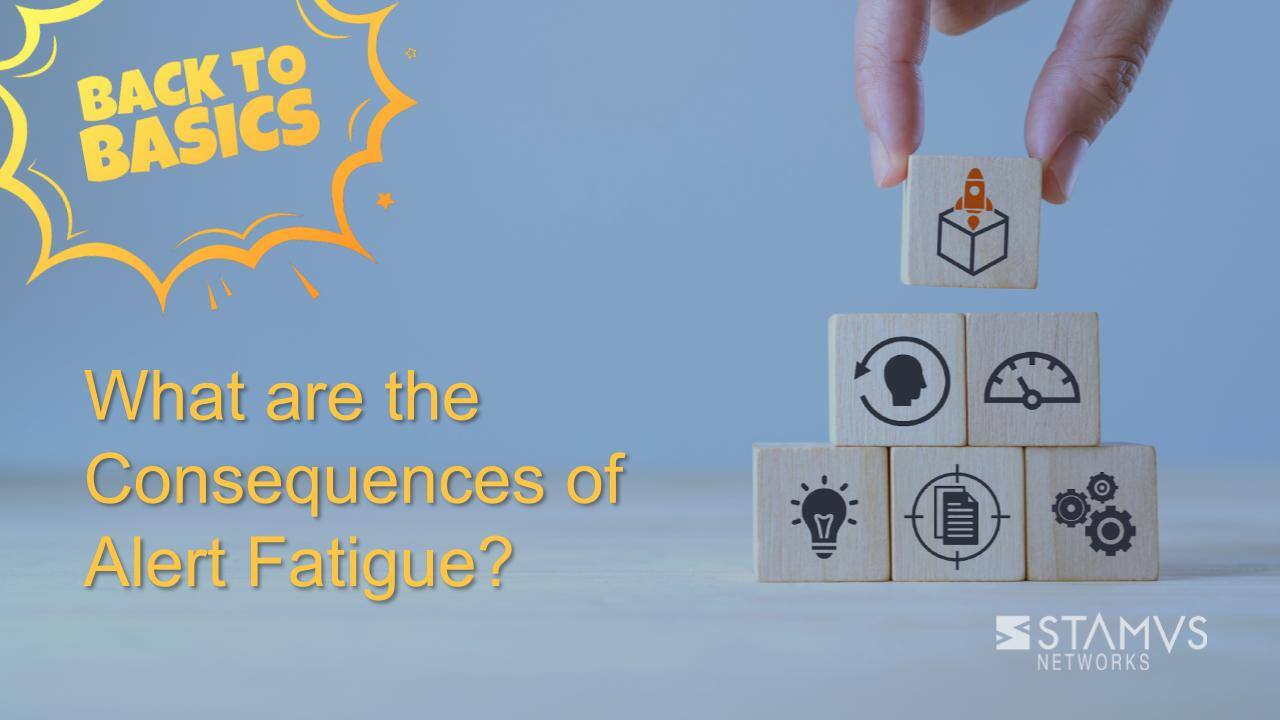Intrusion detection systems (IDS) have proven themselves to be incredibly effective tools when it comes to detecting threats at the network level and gathering valuable network security monitoring data. Unfortunately, this comes with the common drawback of cybersecurity alert fatigue. If your organization, like many others, is experiencing alert fatigue, then you should begin learning about network detection and response (NDR) and how it can nearly eliminate the presence of alert fatigue using advanced features to prioritize security events.
This blog post dives into the problem of alert fatigue and provides strategies and solutions to help your organization fix it once and for all.
What is Alert Fatigue in Cybersecurity?
Alert fatigue in cybersecurity refers to the state of desensitization experienced by security teams due to an overwhelming amount of alerts generated by security tools. Oftentimes, this is caused by intrusion detection systems, which trigger alerts based on predefined signatures. When network traffic matches a signature, an alert is issued. While some of these alerts signal very serious critical threats, many IDS tools are configured to also issue alerts for other types of traffic and activity, most of which are non-critical and informational or even false positives.
The constant influx of alerts, both genuine and false, creates a challenging environment for security teams. It can become incredibly difficult to easily distinguish between critical threats and less serious security events. Analysts may become overwhelmed and start overlooking important alerts, have a delayed response, or miss threats entirely leading to potential breaches.
Why is Alert Fatigue a Problem?
Alert fatigue poses a number of problems for organizations. This is especially prevalent in organizations using intrusion detection systems (IDS). These tools are incredibly effective as an initial line of network defense, and the data they produce is invaluable to threat hunting and forensics, but they can inadvertently contribute to a state of alert fatigue and hinder effective threat detection strategies.
The primary problem is the sheer amount of alerts produced by an IDS. These systems are often configured to detect a broad spectrum of activities, leading to a constant stream of notifications. This includes not only genuine threats but also false positives – non-threatening events mistakenly flagged as suspicious.
This leads to three main problems:
- 1. Desensitization: Analysts bombarded with continuous alerts may become accustomed to the noise, potentially overlooking critical threats disguised as familiar "noise."
- 2. Prioritization Challenges: Triage processes become overloaded, making it difficult to distinguish critical incidents from less urgent ones. This can lead to delayed responses to genuine threats.
- 3. Inefficiency and Burnout: Analysts waste valuable time investigating false positives, hindering their ability to focus on deeper analysis and proactive threat hunting. This can lead to frustration, burnout, and decreased productivity.
How do you Prevent Alert Fatigue?
Preventing alert fatigue should be a priority to every organization, but especially for those using intrusion detection systems (IDS). Here are some strategies that can help minimize the effects of alert fatigue:
- Reduce Alert Volume: Fine-tune your security tools to minimize false positives. Correlating alerts from different systems to identify common triggers and refine configurations could reduce redundant notifications. Consider using threat intelligence feeds to prioritize alerts based on known attack vectors and indicators of compromise (IOCs) to focus attention on the most high-risk scenarios.
- Improve Alert Prioritization: Implement a risk-scoring system that assigns severity levels to alerts based on factors like potential impact, asset involved, and attacker methodology. This allows for faster triage and prioritization. You could also possibly automate alert routing based on severity and context, directing lower-risk alerts for later review while highlighting critical ones. Some systems, like the Stamus Security Platform, can do this automatically.
- Enhance Analyst Efficiency: Develop and implement standardized incident response playbooks that outline clear procedures for handling different types of security incidents. This streamlines investigations and reduces wasted effort.
- Promote Analyst Well-being: Implement scheduling practices that prevent burnout, including regular breaks and rotations to distribute workload and maintain focus. Encourage open communication within the team. Analysts should feel comfortable raising concerns about workload or requesting additional resources.
How to Fix Alert Fatigue?
If your organization is already using IDS, or if you are looking for network security systems that minimize the presence of alert fatigue, then network detection and response (NDR) is likely going to be the best solution for you. The best way to fix alert fatigue is to switch to a system that gives all the benefits of signature-based threat detection without the same challenges that result from the amount of data an IDS produces.
The Stamus Security Platform (SSP) is an open network-based threat detection and response system (NDR). SSP can be deployed on-premise or in cloud environments and uses deep packet inspection to directly extract and build security insights from network traffic. Built on top of Suricata – the powerful open-source network security engine – SSP combines the best features of a signature-based IDS, network security monitoring (NSM), and other advanced threat detection mechanisms such as machine learning and heuristics, to uncover even the weakest of attack signals.
To combat alert fatigue and provide accelerated incident response, SSP adds automated event triage with extensive data enrichment and a unique capability called Declarations of Compromise™ (DoC).
A DoC event is the highest confidence assertion SSP provides, highlighting a specific threat and the asset it is impacting. SSP then builds a detailed timeline of activity and collects the supporting evidence and context associated with the attack on the impacted asset. These events are automatically escalated, and the analyst can be notified via email or other messages. And a DoC can be used to trigger an automation via a simple webhook integration to a variety of applications - SOAR, SIEM, Discord, web chat, etc.
This dramatically reduces the number of security events that need to be investigated, essentially eradicating alert fatigue. Organizations that deploy SSP can redeploy their staff to focus on more proactive security measures and dramatically improve incident response times.
Eliminate Alert Fatigue with Stamus Security Platform
Alert fatigue can weaken your organization’s defenses and take a toll on your staff, but it doesn’t have to. The Stamus Security Platform can minimize the impact of alert fatigue and enable your security team to focus on more important issues. Book a demo below to learn more!
To stay updated with new blog posts from Stamus Networks, also make sure to subscribe to the Stamus Networks blog, follow us on Twitter, LinkedIn, and Facebook, or join our Discord.






